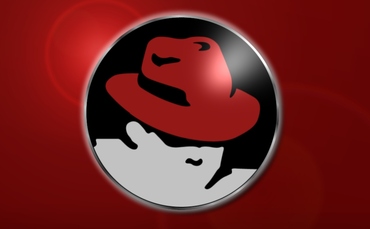Imagine a huge, vastly wealthy enterprise with global reach and hundreds of thousands of employees. Now imagine that same organization chooses its leaders exclusively from within its own ranks, in a top-secret conclave, and communicates its decision to the world via smoke signals. Sounds like something out of Game of Thrones, doesn’t it? Well, we all saw it happen for real earlier this month at the Vatican.
As someone with a passion for HR and the people side of business, I found it fascinating. And a little bit surreal. Why? Because it’s the polar opposite of what is happening in just about every other organization, big or small, on the planet.
We all know about Software as a Service (SaaS), the cloud-based outsourcing of just about all an organization’s software needs. The benefits are many: lower costs, easy implementation, automatic upgrades. There are many different flavors related to the term “software as a service” (SaaS) in business today. It’s part of the cloud computing revolution — “clouding” this and “clouding” that making everything more accessible with reduced long-term hardware, software and networking costs — one of many different kinds including infrastructure as a service (IaaS), platform as a service (PaaS), desktop as a service (DaaS), and backend as a service (BaaS).
Welcome to the next logical step in the cloud revolution: Talent as a Service (TaaS). It’s not a complicated concept if you take time to see the bigger picture. Instead of hiring full-timers, companies are turning to the cloud to find top talent when they need it, for as long as they need it. It’s how we all run our lives: when we need a plumber/carpenter/website designer, we hire one for the job a hand. We certainly wouldn’t consider putting them on payroll. As we move to a project-based business model, it simply doesn’t make sense for organizations to be paying specialized talent all year long and trying to find work for them when there’s no current project that suits their skills.
What we’re really talking about is on-demand talent in the cloud, the ability for anyone or any company to recruit individual talent and groups of talent for anything, at any time, for any kind of work and frequency, in any interation and/or for any ideation.
With one-third of working Americans describing themselves as self-employed or freelancers, the new paradigm is already in play. And it’s not just small and midsize companies that are embracing it. Microsoft has about 100,000 employees – but also hires over 50,000 people a year on a project-specific basis.
While the benefits to organizations are obvious, what does TaaS mean to freelancers? For one thing, you’ve got to keep your skill set well-honed. That means continuous training and updating, especially if your expertise is technological or web-based. It also means making sure your cloud presence is strong. An organization can’t hire you if it can’t find you. Stay up-to-date on LinkedIn, social media, and all sites that cater to your specific career niche. Many talent searches will be conducted by software, especially the initial winnowing, so you want to make sure your name pops up when relevant keywords are searched. Cast a wide net: these days you can just as easily work for a company around the globe as one around the corner. The freelance recruiting site DoNanza reports that over than 20 percent of its listings last year were from outside the States.
Whichever side of the Talent as a Service equation you’re on, this is an exciting new development for the world of work. It is changing the way organizations hire and recruit top talent, but also the way they are structured and run, and their strategic planning. For freelancers, it means a whole new world of career opportunity. The basics aren’t that tough to master, and the potential rewards are virtually limitless.












